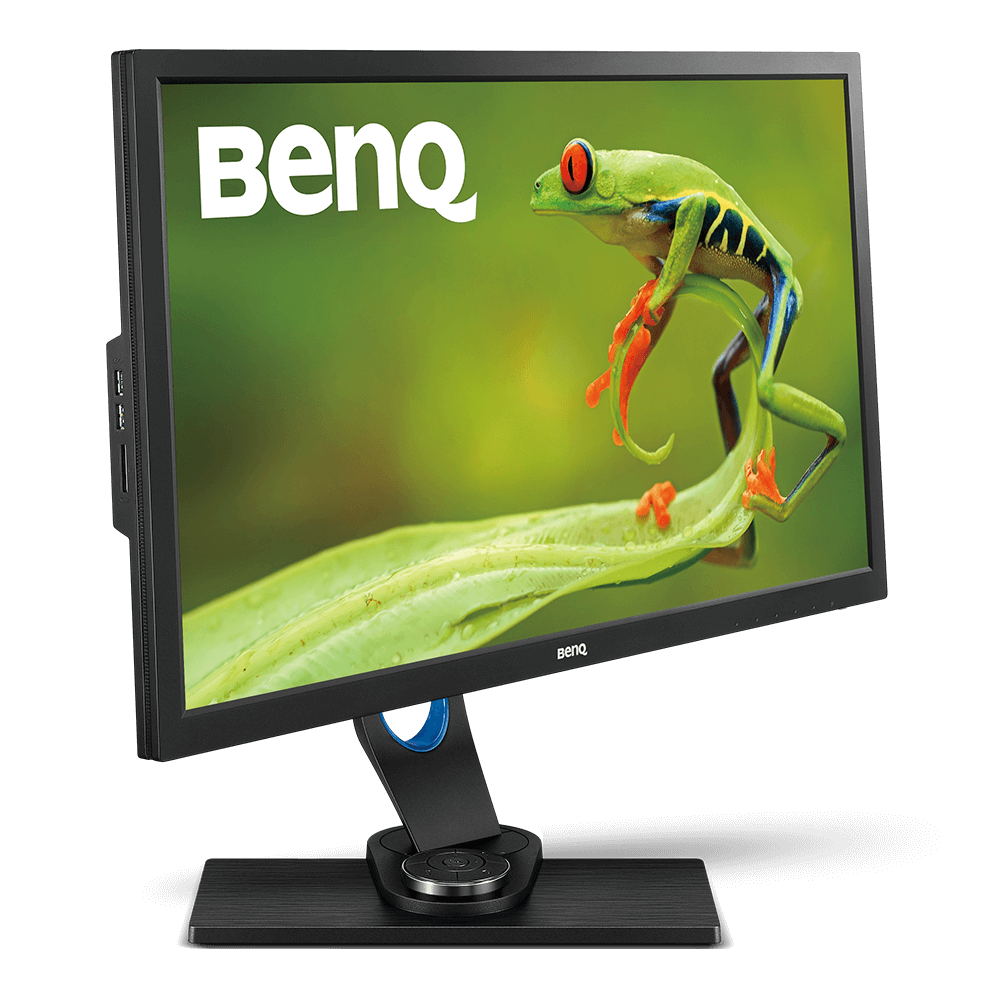Calibrate Monitor For Photo Editing Mac
Professional photographers or designers must have expertise in photo editing and video reproduction tasks. To perform such high-end graphics tasks, they have to rely on monitors that can help them to edit high quality images or videos to retain the high color accuracy. Microsoft word starter 2010 for mac. Such monitors must have a uniform display and wide viewing angles and some other advanced technical features that are explained in this article. Picking the best monitor for photo-editing jobs can be tricky since some specifications can be misleading to confuse the designers or photographers.
So, here is a brief discussion about basic features needed in a photo-editing monitor. You will be able to make an informed decision from our hand-picked monitors ideal for Photoshop CS, CorelDraw, Picturescape, Illustrator or similar image editing applications. Features to look for in Photo-editing Monitors.

How to Color Calibrate Your Monitor for Photo Editing In Post-processing by Jim Harmer May 4, 2012 48 Comments Computer monitors do their best to reproduce colors and brightnesses correctly, but each one is slightly different. That step is to calibrate your monitor. You can view the same image on the same computer, and just swap the monitor for another and that image will look different on each monitor you try (even monitors of the same brand and model may not be exactly the same). Learn how to calibrate your Mac monitor for accurate photo editing and printing in a few easy steps without using any expensive external calibrators. 1-855-999-0203 [email protected] Facebook. Monitor calibration for photography Knowing how to calibrate your monitor is critical for any photographer who wants accurate and predictable photographic prints. If your monitor is not correctly reproducing shades and colors, then all the time spent on image editing and post-processing could actually be counter-productive.
Monitor Screen Size It is understood that a large screen size will help designers or editors to analyze their work in depth. A big screen also allows the optimum space for toolbars on the screen that are essential for various editing tasks. I would recommend going for a minimum of 24 Inches screen size while choosing a graphics monitor. Screen Resolution This is one of the vital features that the photo-editors can’t ignore while buying the best monitor.
Resolution is defined as the total count of pixels in horizontal and vertical sections of the screen. A lower resolution monitor may not be able to capture the whole view on the screen, even if it is of large size.
I was able to do all of this even without having to set up my banking information again because Quicken Essentials did a more than adequate job of converting my Quicken 2007/Mac data over. The new Quicken Essentials will also do something that no previous version could do: it will convert Quicken for Windows data as well as data from the now defunct Microsoft Money. There are even a few things that it won't do yet that I was used to in the previous version. Previously a person moving from Windows to the Mac could convert their data over, but it was a tedious manual process requiring multiple steps. Quicken essentials 2010 for mac missing transactions. Since Quicken Essentials has been built from the ground up, it feels very much like a 1.0 program which it essentially is.
The screen resolution and quality is improving day by day with constant innovation and research in display technology. The minimum resolutions that can work for you are listed below • Full HD 1920 x 1080p • QHD 2560 x 1440p • UHD/4K 3840 x 2160 Aspect Ratio. Aspect Ratio is measured in terms of the width of the screen with respect to height. In earlier days, 4:3 was the common aspect ratio and TVs and monitors appeared square in dimensions.
But now this is replaced by an aspect ratio of 16:9 which gives a monitor the widescreen appearance. Also, remember that different aspect ratios support different resolutions. 16:9 today has become a standard aspect ratio for high definition monitors. Screen Panel-type There are three types of screen panels that include TN, VA, and IPS. Among these, VA panels are mostly used in TVs whereas other two are used in manufacturing monitors.





